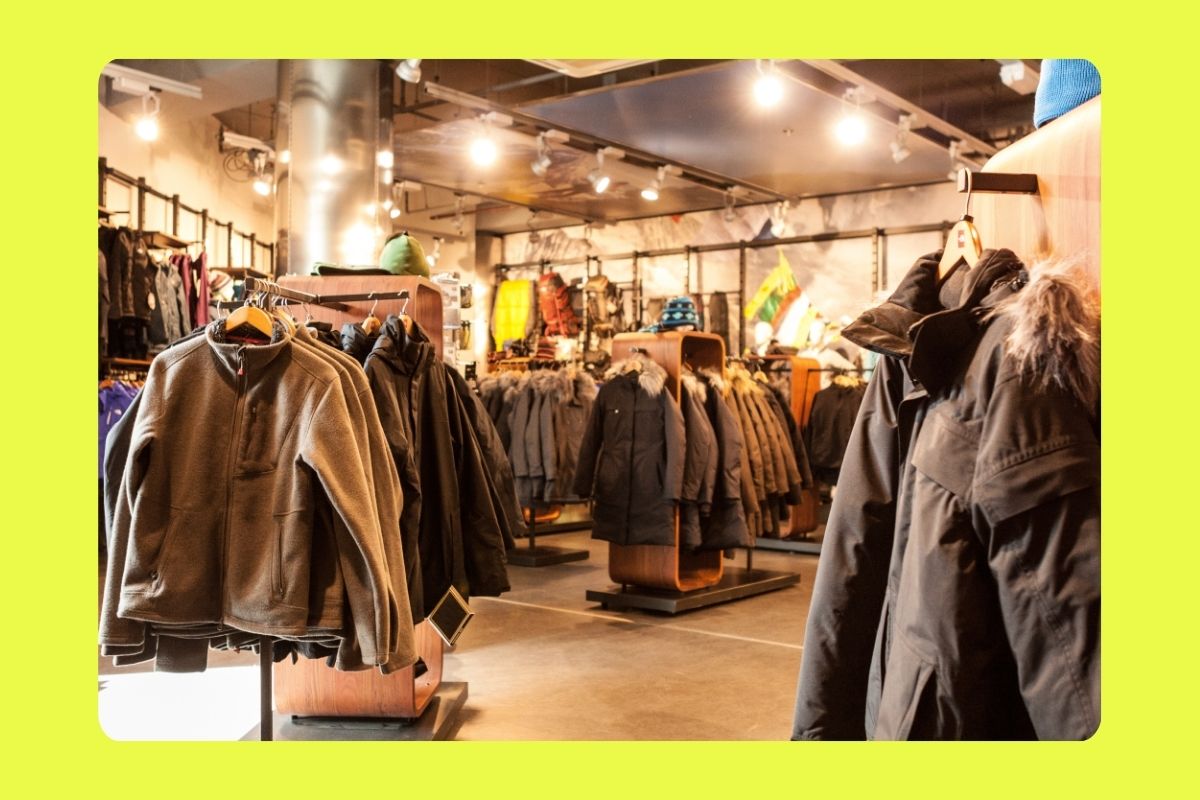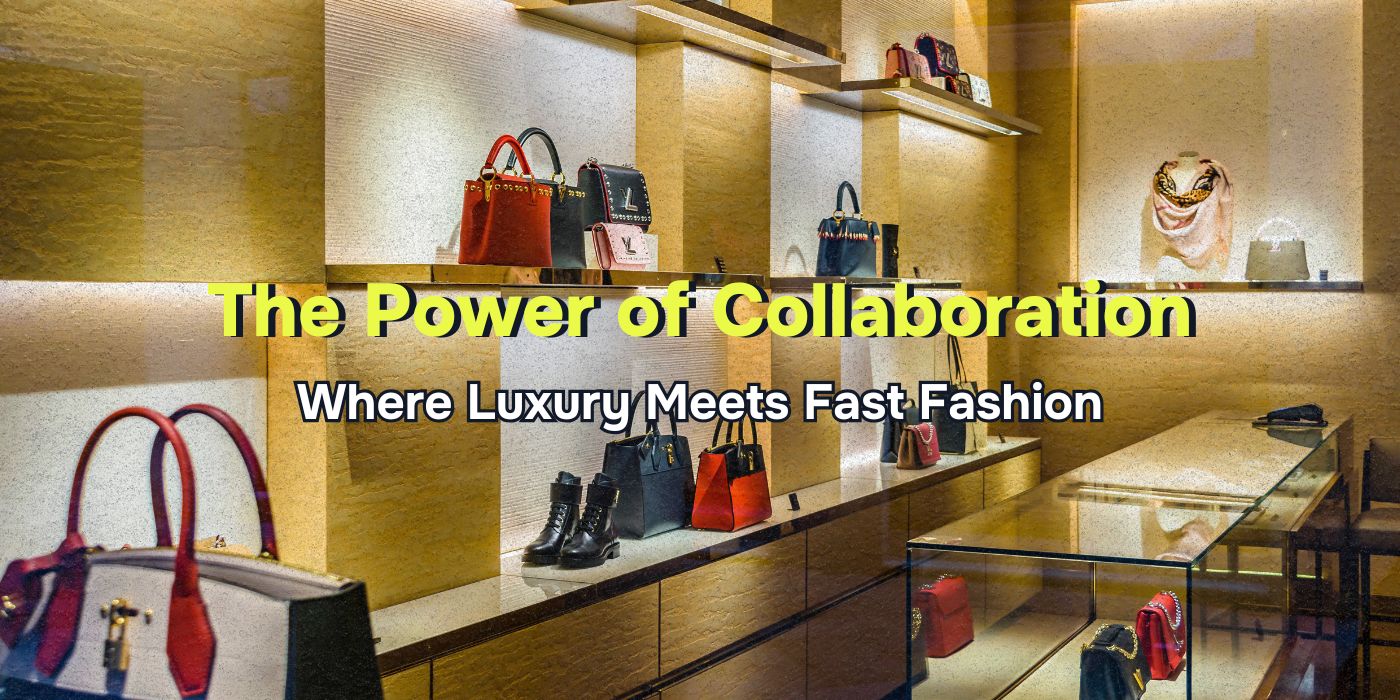TL;DR
Luxury designer brands and fast-fashion retailers are increasingly collaborating to blend exclusivity with accessibility. These partnerships expand audience reach, elevate brand images, and boost sales for both parties. Innovative marketing strategies like creating hype through limited editions and leveraging social media play key roles in their success. Case studies like H&M x Mugler and Nike x Tiffany show how these collaborations generate buzz and profits. Looking ahead, brand partnerships will likely focus on sustainability, meeting evolving consumer demands.
In the ever-evolving fashion industry, collaborations between luxury designer brands and fast-fashion retailers have become a prominent and successful strategy. These partnerships offer a unique blend of exclusivity and accessibility, capturing the attention of diverse consumer segments. This blog explores the reasons behind these collaborations, the innovative marketing strategies employed, and recent successful collaborations.
The Appeal of Collaboration
Broader Audience Reach
Luxury brands traditionally cater to a niche market with high purchasing power. However, partnering with fast fashion brands allows them to tap into a broader, more diverse audience. This expanded reach not only increases brand visibility but also builds brand loyalty among new consumer segments who might aspire to own luxury items in the future. For instance, the H&M x Mugler collaboration made Mugler’s high-fashion designs accessible to the masses, resulting in sold-out collections and heightened brand awareness.
Brand Elevation for Fast Fashion
On the flip side, fast-fashion brands benefit immensely from associating with prestigious luxury designers. These collaborations elevate their brand image and attract consumers who might not typically shop at fast-fashion stores. The partnership between H&M and Mugler is a prime example, where H&M’s reputation was significantly boosted by its association with the high-end fashion house. This symbiotic relationship enhances the market position of both brands.
Innovative Marketing Strategies
Creating Hype and Urgency
One of the most effective marketing strategies in these collaborations is the creation of hype and urgency. Limited-edition collections generate excitement and a sense of exclusivity, prompting consumers to make quick purchasing decisions. The Nike x Tiffany collaboration is a perfect illustration of this strategy, where the unique combination of athletic wear and luxury design created immense buzz and urgency among consumers.
Leveraging Social Media and Influencers
In today’s digital age, social media and influencers play a crucial role in promoting fashion collaborations. The Adidas x Gucci partnership leveraged the power of social media and celebrity endorsements to reach a wide audience. Influencers and celebrities showcasing these collaborations on platforms like Instagram significantly boost brand visibility and engagement, driving sales and enhancing brand loyalty.
Economic and Strategic Benefits
Boosting Sales and Profits
Collaborations between luxury and fast fashion brands lead to increased sales and profitability for both parties. The Havaianas x Dolce & Gabbana collaboration exemplifies this, combining the casual appeal of Havaianas with the luxury image of Dolce & Gabbana. This partnership not only boosted sales but also reinforced the brands’ market presence, showcasing the economic benefits of such collaborations.
Expanding Market Presence
Luxury brands often use collaborations to enter new markets and reach different demographics. The Adidas x Gucci collaboration successfully blended athletic wear with high fashion, appealing to both sports enthusiasts and high-fashion consumers. This strategic expansion helps brands diversify their customer base and strengthen their market position.

Case Studies of Successful Collaborations
H&M x Mugler
The H&M x Mugler collaboration brought Mugler’s avant-garde designs to a broader audience, making high fashion accessible to the masses. The marketing campaign, featuring prominent influencers and celebrities, generated significant media attention and consumer interest, resulting in a sold-out collection and elevated brand visibility for both parties.
Nike x Tiffany
The Nike x Tiffany collaboration created a unique blend of sports and luxury branding. The marketing techniques, which included leveraging social media influencers and exclusive pop-up events, drove significant consumer engagement and sales, highlighting the success of combining athletic wear with luxury aesthetics.
Adidas x Gucci
This partnership blended the distinct styles of Adidas and Gucci, creating a collection that appealed to a diverse audience. The collaboration’s marketing campaign, which featured a mix of traditional and digital media, successfully captured consumer interest and drove sales, reinforcing the effectiveness of cross-brand partnerships.
Havaianas x Dolce & Gabbana
The Havaianas x Dolce & Gabbana collaboration combined casual and luxury elements, appealing to a wide range of consumers. The marketing strategies employed, including social media promotions and influencer endorsements, created significant buzz and resulted in a successful collection launch.
The Future of Brand Collaborations
As consumer tastes continue to evolve, brand collaborations are likely to adapt by focusing on sustainability and innovation. Future trends may include more eco-friendly designs, reflecting the growing consumer interest in sustainable fashion. Brands leading the way in these sustainable collaborations will set new industry standards, attracting environmentally conscious consumers and enhancing their market position.
Key Takeaways
Collaborations between luxury and fast fashion brands have proven to be a successful strategy in the modern marketing landscape. These partnerships offer a blend of exclusivity and accessibility, creating excitement and urgency among consumers while boosting sales and brand visibility. By understanding the strategic reasons behind these collaborations and the innovative marketing strategies employed, brands can continue to leverage these partnerships to stay relevant and competitive in the ever-evolving fashion industry.
